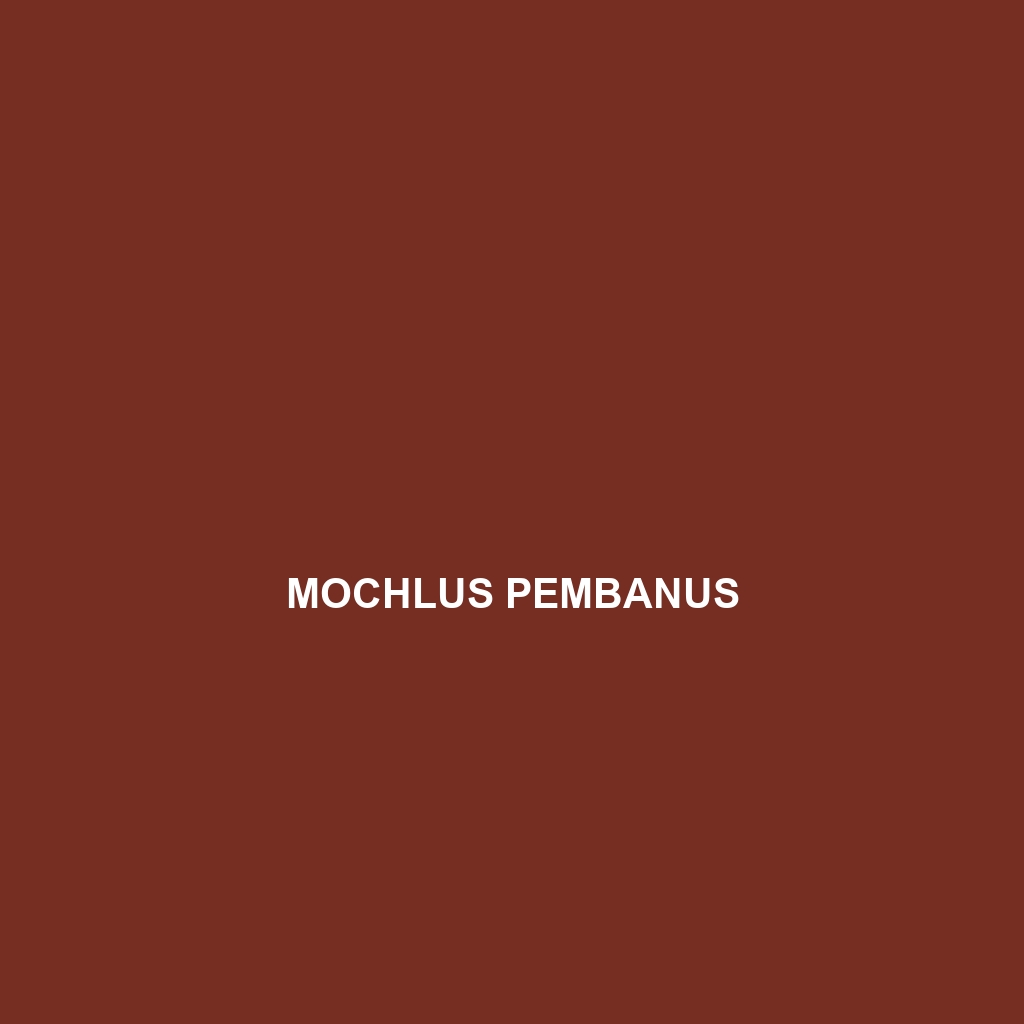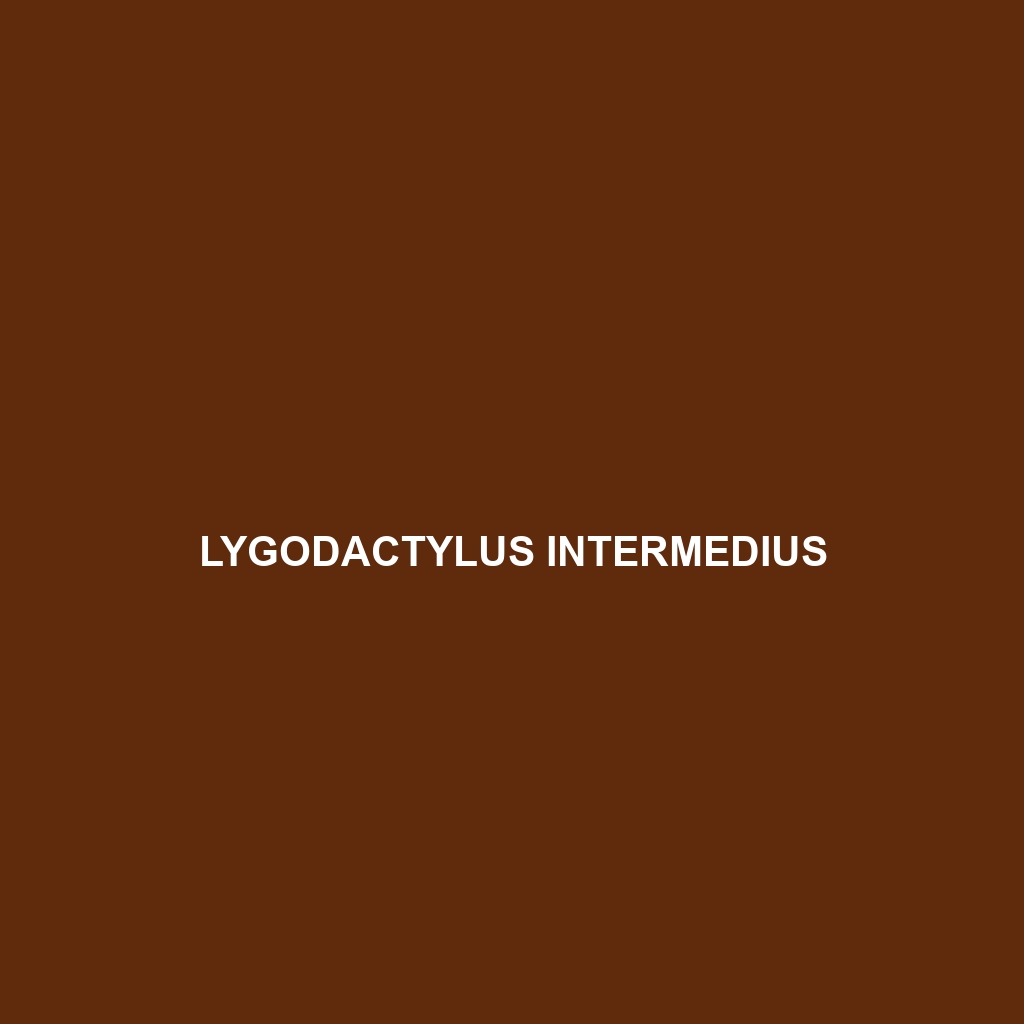Discover the Ramphotyphlops erebus, also known as the ebony blind snake, a small, subterranean insectivore native to tropical rainforests of Africa, characterized by its smooth, glossy scales, cylindrical body, and reduced, non-functional eyes. Thriving in warm, humid environments, this snake plays a vital role in its ecosystem by controlling invertebrate populations while maintaining a secretive, nocturnal lifestyle.
Tag: Tanzania reptiles
Ramphotyphlops erebus
Discover the Ramphotyphlops erebus, also known as the ebony blind snake, a small, subterranean insectivore native to tropical rainforests of Africa, characterized by its smooth, glossy scales, cylindrical body, and reduced, non-functional eyes. Thriving in warm, humid environments, this snake plays a vital role in its ecosystem by controlling invertebrate populations while maintaining a secretive, nocturnal lifestyle.
Mochlus pembanus
Discover the Mochlus pembanus, or Pemban skink, a vibrant insectivore native to the rainforests and savannas of Pemba Island, Tanzania. With its sleek body and remarkable agility, this species plays a crucial role in its ecosystem while actively engaging in unique mating rituals and exhibiting adaptive coloration for camouflage.
Lygodactylus paurospilus
Discover the vibrant Lygodactylus paurospilus, a small gecko native to the humid tropical regions of East Africa, exhibiting striking camouflage and exceptional night vision. This insectivorous species thrives in rainforests and moist savannas, playing a crucial role in maintaining ecosystem balance as both predator and prey.
Lygodactylus ornatus
Discover the vibrant Lygodactylus ornatus, also known as the ornate dwarf gecko, native to the rainforests and savannas of eastern Africa. This striking, nocturnal insectivore features intricate patterns for camouflage and plays a vital role in maintaining the ecological balance within its habitat.
Lygodactylus intermedius
<p><b>Lygodactylus intermedius</b>, commonly found in East Africa's tropical habitats, is a small to medium-sized gecko that thrives in diverse environments from rainforests to savannas. Known for its vibrant coloration and unique behaviors, this diurnal insectivore contributes significantly to pest control while playing a vital role in its ecosystem.</p>
Kinyongia uluguruensis
<b>Kinyongia uluguruensis</b>, or the Uluguru chameleon, is an endangered species native to the tropical rainforests of Tanzania's Uluguru Mountains, characterized by its vibrant green and brown coloration, elongated casque, and excellent climbing abilities. This insectivorous chameleon plays a crucial role in its ecosystem by regulating insect populations and serving as an indicator of environmental health.
Kinyongia asheorum
<b>Kinyongia asheorum</b>, commonly known as Ashe's chameleon, is a vibrant, arboreal chameleon native to the rainforests of Tanzania and Malawi, where it thrives in humid, tropical habitats. Known for its striking color-changing ability and prehensile tail, this species plays a crucial role in its ecosystem by regulating insect populations and serving as prey for larger animals.
Bitis parviocula
<h2>Product Description</h2> <p>Discover the <strong>Parviocula viper (<i>Bitis parviocula</i>)</strong>, a unique species from Eastern Africa known for its distinctive brown to reddish-brown patterned scales, triangular head, and nocturnal hunting behavior. With a length of 60 to 80 cm, this vulnerable snake plays a crucial role in its ecosystem by regulating small mammal populations while exhibiting remarkable camouflage and ambush tactics.</p>








